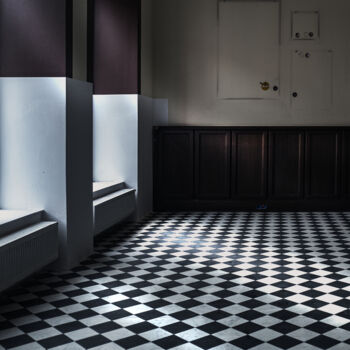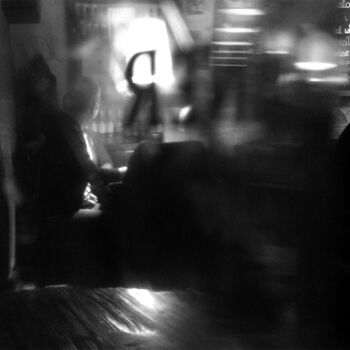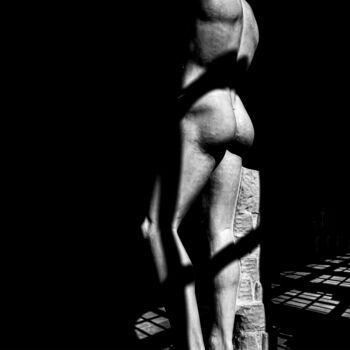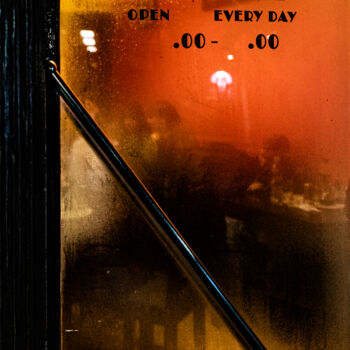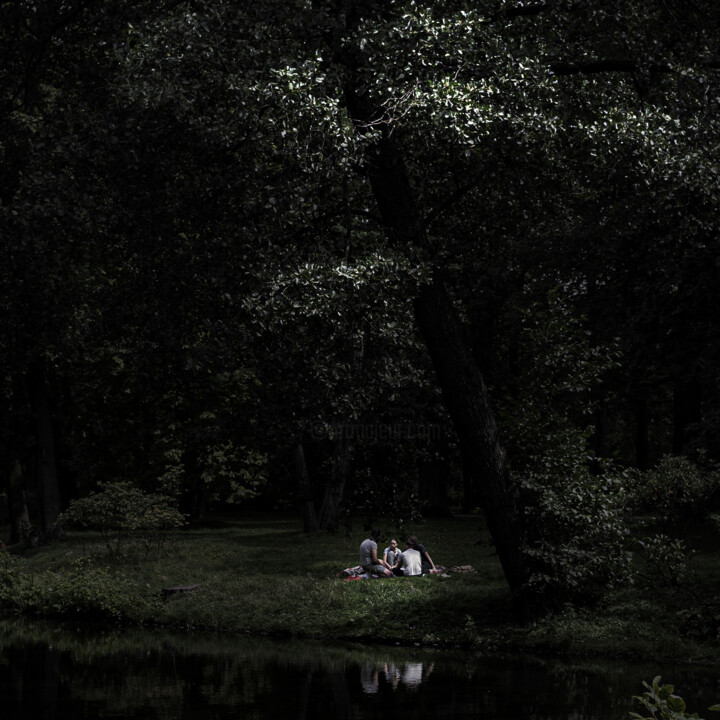

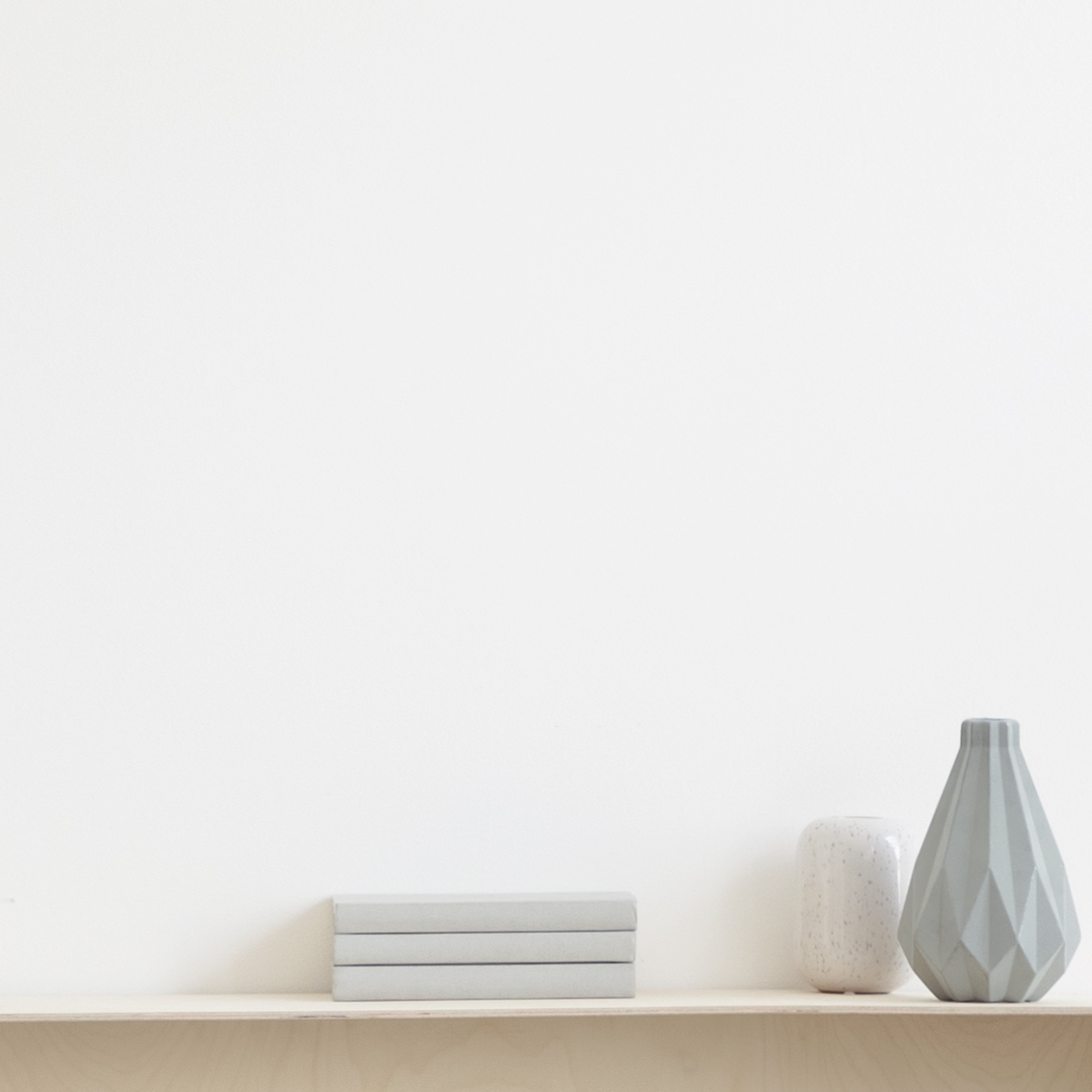
Let us know if you would like to see more photos of this artwork!
- Back of the work / Side of the work
- Details / Signature / Artwork's surface or texture
- Artwork in situation, Other...
BREAKFAST ON THE GRASS #2. AFTER ÉDOUARD MANET (2017) Photography by Marta Lesniakowska
More info
- Packaging (Box or cardboard packaging) All artworks are shipped with a premium carrier, carefully protected and insured.
- Tracking Order tracking until the parcel is delivered to the buyer. A tracking number will be provided so that you can follow the parcel in real-time.
- Delay Worldwide delivery in 3 to 7 days (Estimate)
- Customs not included The price does not include customs fees. Most countries have no import tax for original artworks, but you may have to pay the reduced VAT. Customs fees (if any) are to be calculated on arrival by the customs office and will be billed separately by the carrier.
More info
- Trackable Online Certificate of Authenticity Authenticity Certificates can be verified online at any moment by scanning the artwork code.
- Artist Value Certification Experts study the work and career of an artist then establish an independent and reliable average price value. The average price value situates the artist on a price range for a given period. The experts may also be asked to establish a more precise estimate for a particular work.
More info
100% secure payment with SSL certificate + 3D Secure.
More info
-
Original Artwork (One Of A Kind)
Photography,
Digital Photography
/
Non Manipulated Photography
on Paper
- Dimensions Height 15.8in, Width 15.8in
- Artwork's condition The artwork is in perfect condition
- Framing This artwork is not framed
- Categories Photographs under $5,000 Conceptual Art Forest
Drugim źródłem tej fotografii jest romantyzm i jego strategia teatralizacji obrazu. Na polanie otoczonej ramą mrocznego lasu niczym w płótnach Caspara Davida Friedricha obserwujemy czworo siedzących na trawie osób. To punctum obrazu. Grupa znajduje się w głębi obrazu, odgrodzona od widza wodą jak proscenium w teatrze. Punktowe, pochodzące spoza kadru górne światło zakłóca pozornie sielankową scenę, wytwarzając mroczną, niepokojącą aurę jak w film noire i kinie katastroficznym: ktoś/coś obserwuje tych ludzi ?
Te przywołania i przetworzenia nie są przypadkowe: w moim „pamiętającym spojrzeniu” badam problem polimorficzności romantyzmu w aktualnej sytuacji jego „zmętnienia znaczenia” jako projektu niedokończonego Innej nowoczesności.
Moja fotografia jest więc reinterpretacją i rewizją zarówno romantyzmu, jak impresjonizmu i jest ufundowana na podejściu komparatystycznym, które jest możliwe także w procesie wytwarzania obrazów. Pozwala to wydobyć na powierzchnię naszej współczesności ciągle wyłaniające się fragmenty impresjonistyczne i romantyczne, ich skamieniałości, okruchy, ślady niczym w archeologicznych odkrywkach. Tym samym pozwala to przyjrzeć się zjawisku „powrotu romantyzmu” w dzisiejszym czasie postromantycznym. (ml)
Fotografia reprodukowana na okładce "Artmajeur Magazine" 2023 nr 26,
zamieszczony w tym numerze artykuł:
Olimpia Gaia Martinelli, Portrait d'Artiste:Marta Lesniakowska, p. 38-40.
The photography in the 'Appropriated Images' series transmediates with two artistic traditions. Firstly with the iconic canvas of Impressionism, Eduard Manet's 'Breakfast on the Grass', referring to the culture of leisure, discovered in the 19th century and now set in a 21st century context. The washed-out murkiness of digital photography provocatively rejects the programmatic Impressionist 'pure' colour of Manet's painterly canvas. In this way, it becomes literally/materialistically and yet metaphorically an image of passing time and of a flawed memory that sublimely but nevertheless inaccurately evokes a seemingly well-known original, whose 19th-century semantics are also being obliterated. My 'Breakfast...' is thus embedded in the well-known discourse on photography as index, trace, imprint, archive, inscribing itself in the current of photography-art dialoguing and redefining Roland Barthes' concept.
The second source of this photography is Romanticism and its strategy of theatricalising the image. In a clearing surrounded by the frame of a dark forest, as in the canvases of Caspar David Friedrich, we observe four people sitting on the grass. This is the punctum of the painting. The group is in the depths of the painting, separated from the viewer by water like a proscenium in a theatre. A pinpoint overhead light coming from outside the frame disturbs the seemingly idyllic scene, producing a dark, disturbing aura as in film noire and disaster cinema: someone/something is watching these people ?
These evocations and transformations are not accidental: in my 'remembering gaze', I explore the problem of the polymorphousness of Romanticism in the current situation of its 'opacity of meaning' as an unfinished project of the Other Modernity.
My photography is thus a reinterpretation and revision of both Romanticism and Impressionism and is founded on a comparative approach that is also possible in the process of image-making. It makes it possible to bring to the surface of our contemporaneity the continually emerging Impressionist and Romantic fragments, their fossils, crumbs, traces as if in archaeological excavations. Thus, it allows us to look at the phenomenon of the 'return of Romanticism' in today's post-Romantic time. (ml)
Photograph reproduced on the cover of "Artmajeur Magazine" 2023 No. 26, featured article in this issue:
Olimpia Gaia Martinelli, Portrait d'Artiste:Marta Lesniakowska, p. 38-40.
Collector's photography, colour. Digital print on Hahnemuhle Photo Rag Baryta 315g (semi-flash), archival paper, acid-free. signed on the front and on the back . dated 2017/print 2022 life time print. Format 40x40 cm in the image light, paper 50x50 cm frame. Not glued. Certificate of Authenticity. Without damages. Ref. archive file: DSCF8989.raw
Marta Lesniakowska is an artist photographer but also, at the same time, historian and art critic, she does research on visual culture. This is what determines his approach to photography: a strategy of the “look that remembers”, which recalls familiar images from the history of art in order to transmit/intertextualize them. Her dialogue with them consists in asking herself if it is possible to evoke their meanings and what they are or can be today. She is fascinated by light - its role in the construction of the image, the parergon that creates the image. This is why, in street photography, she analyzes the interplay of light and dark, the relationship between sharpness and blur and the interpenetration of images as simultaneous realities. In this way, she brings out the mysterious character of the city, referring to the aesthetics of black cinema and to the master of 20th century street photography, Saul Leiter.(ml)
When she takes photographs, nothing is more or less important to her; his gaze is often governed by the principles of minimalist poets: an economy of detail, the discovery of subtexts and insinuations hidden in invisible objects and bits of everyday reality.
Marta Lesniakowska lives and works in Poland. His works are part of public collections (National Museum in Wroclaw, Museum of Bydgoszcz) and private collections (Netherlands, Denmark, Germany, Sweden, Switzerland, United States).
-
Nationality:
POLAND

- Date of birth : unknown date
- Artistic domains: Works by professional artists,
- Groups: Professional Artist Contemporary Polish Artists




